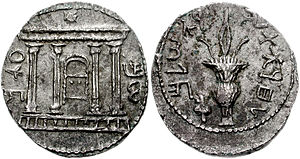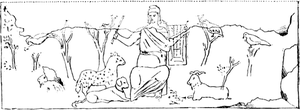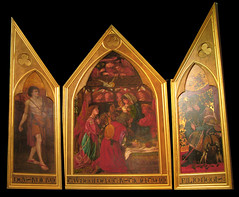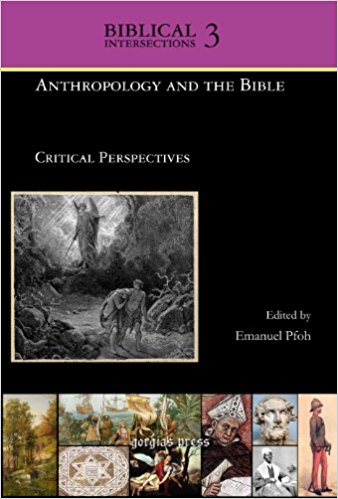James McGrath has ridiculed any reference to an argument for interpolation if there is no manuscript evidence for it. But this simply avoids addressing the actual arguments that are sometimes advanced for an interpolation. By avoiding the arguments he sophistically reasons that if there is a claim for interpolation then he is equally free to say that an editor has removed the evidence that will support his case. One would expect evidence of more learning from an associate professor.
This post looks at arguments by scholars who give us strong reasons to accept the possibility, even likelihood, of interpolations in Paul’s letters despite absence of manuscript evidence.
Richard Carrier has an excellent blog post discussing two clear interpolations in Paul’s letters: 1 Thessalonians 2:14-16 and 1 Corinthians 14:34-35. His conclusion should be seen in the context of what William O. Walker has described as a “culture of interpolations” in that era.
Firstly, Carrier’s conclusion to his blog post: Continue reading “A Case for Interpolation Does NOT Rely On Manuscript Evidence”

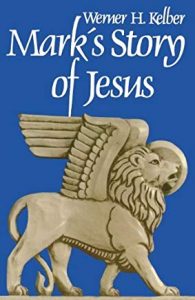

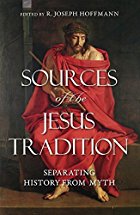 Thanks to
Thanks to 